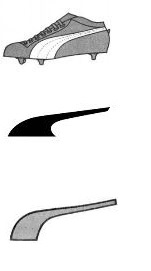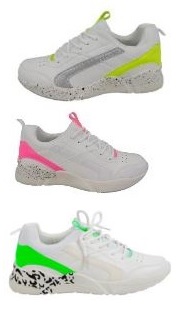Trademark agency Abcor - protect your trademark
Contact
If you have questions or want to know more about our services?Please mail: info@abcor-ip.com
Please call: 31 (0)71 576 3116
When the car is offered for sale, Ferrari has it seized. They demand a ban on the use of the trademarks and for the car to be destroyed, as it resembles a 1969 Ferrari Spyder too closely. The court agrees partially.
This use of the trademark is not allowed, even when covered with Duct Tape, because a buyer can remove the tape. As a result of the differences in the between the cars’ bodies, the overall impression of this kit car differs sufficiently from the Spyder. The claim of copyright infringement is therefore rejected. To have the entire car destroyed goes way too far, as an alternative, defendant is ordered to remove the trademarks within two days.
trademarks
